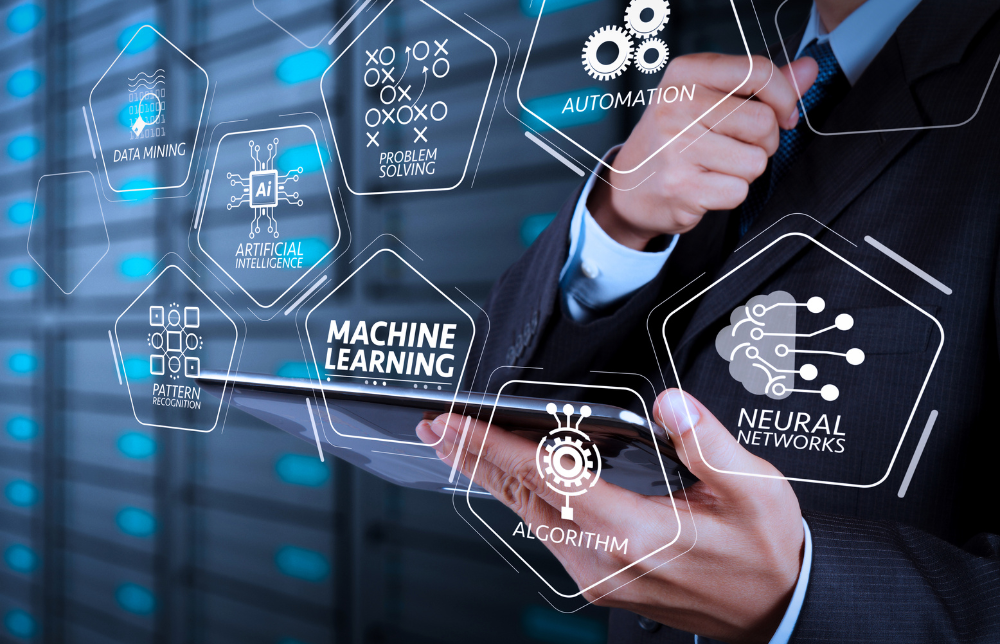Top HR teams are embracing EX (and why you should too)
It seems HR suffers from somewhat of an identity crisis; it’s had more name changes and been rebranded more often than all other corporate departments combined. Finance is finance, marketing ...

It seems HR suffers from somewhat of an identity crisis; it’s had more name changes and been rebranded more often than all other corporate departments combined. Finance is finance, marketing is marketing – but HR has never truly felt comfortable with its own name.
Those with long memories will recall HR’s early days when the function was branded as ‘personnel’. From there the most widely accepted moniker – human resources – was adopted. However, there has always been some reluctance to embrace this name. Is it right to equate humans to being just another resource? Fortunately, alternatives have since taken off: People & Culture, People & Performance, Talent Management, People Operations…the list goes on.
The latest titles include People Experience (PX) or Employee Experience (EX). Spurred by early adopters such as Airbnb, Sunsuper, KPMG, MYOB and LinkedIn, these titles are gaining traction in organisations globally. Although a name does not maketh a team, it’s easy to see why EX is being embraced.
Looking beyond just employee engagement
Taking cues from software engineers and their focus on the user experience (UX) in relation to websites and apps, the EX covers every touchpoint an employee will have with an employer, from hire to retire. Rather than focus narrowly on employee engagement and culture, organisations are developing a holistic view on the entire EX, bringing together all the workplace, HR, and management practices that impact people on the job.
Organisations have started tracking EX in much the same way they’d track customer experience via net promoter tools, social media monitoring, and customer segmentation. If positive customer interactions can be tracked and replicated, these organisations believe the same philosophy can apply to attracting and retaining the best people.
“I think it would be very difficult to execute on a fantastic customer experience if you aren’t first delivering a great employee experience. In fact, I don’t think you can have one without the other.” says Tony Reynolds, General Manager of Employee Experience at Cathay Pacific.
The airline has placed such a priority on maximising the link between customer and employee experience that it has rebranded its HR department as the Employee Experience department. Its philosophy mirrors the more traditional customer experience focus: delivering excellent service and understanding what matters most to employees. It’s this last point, obtained through detailed employee data, which underpins EX. After all, it’s difficult to improve anything if you aren’t gathering and assessing feedback.
Data is at the heart of good EX
Traditional engagement surveys can help but so too can pulse feedback tools. These tools not only obtain more timely insights into what employees are thinking about the organisation but can also provide feedback as to the success (or otherwise) of various initiatives and programs launched by the EX team, such as learning, onboarding and recruitment. On the latter, the Australian arm of Uber is using differentiated recruitment processes and in-depth ‘listening experiences’ to find the best talent for its expanding operations and obtain feedback on its own recruitment operations. In other organisations, employee data is being gathered through a multitude of wellness and fitness apps, and employee self-service tools.
Of course, engagement surveys have been conducted for decades. What’s new are the platforms used to deliver the surveys, and the insights and analysis that are now possible with that data. For example, employee data can be compared with customer, commercial and operational data. New approaches such as design thinking and employee maps are also being utilised by EX teams to understand and improve the complete experience. They are also using employee net promoter scores to measure employee satisfaction.
Making the shift from HR to EX
Not sure where to begin on your journey towards EX? Here are some tips:
- Start small. EX is not about large-scale sweeping changes. Instead, consider initially focusing on one area to assess what the employee experience is – for example, how learning is delivered and whether it’s matching what your employees expect from corporate L&D.
- Consider experiences for the entire workforce. All segments of the workforce – candidates, full-time, part-time, freelancers, gig employees, even alumni – will expect elements of the employee experience to be designed to attract and engage them.
- Don’t focus on policies and procedures in isolation. Instead, focus on how policies and procedures are affecting employees and their experience within your organisation.
- Work on regular communication and contact with employees. Consider implementing frequent performance discussions and train your managers on how to have constructive conversations.
- Embrace design thinking. Observe and learn what employees are doing every day and discover new ways to simplify work and improve productivity, performance, and engagement. Encourage employees to design what the ideal experience might look like by identifying ‘key moments’ during an employee’s journey that can have a significant impact on their overall experience.
- Move beyond annual or biannual engagement surveys to regular pulse surveys and open feedback systems. Use candidate interviews, stay interviews, ongoing performance conversations, and exit interviews as ways to build a complete, real-time understanding of the issues your employees face.
- Obtain leadership buy-in. The involvement of senior leaders is critical. They can even be accountable for the employee experience through goals, rewards and other performance programs.
It’s clear that workforce expectations have changed, and this is yet another reason why it’s time to look seriously at employee experience. As Deloitte states: “In a digital world with increasing transparency and the growing influence of Millennials, employees expect a productive, engaging, enjoyable work experience.”
Are you ready to commence your EX journey?
ELMO offers Australia and New Zealand’s only integrated cloud HR and payroll solution, offering you:
ONE vendor, ONE dashboard, ONE user-experience. To find out how ELMO can help you improve the employee experience in your organisation, visit https://elmosoftware.com.au/
This post originally appeared on the HR Innovation & Tech Fest Blog.
 HR Core
HR Core 









